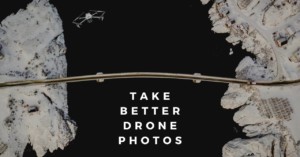
Six Practical Drone Tips to Get Better Landscape Photos
My first foray into aerial photography using a drone left a lot to be desired, to say the least.

My first foray into aerial photography using a drone left a lot to be desired, to say the least.

Right off the bat, I’m going to add the disclaimer that this tutorial will probably not be for every type of photographer out there. If you have no interest in exploring the creative opportunities that mobile photography offers, then this video may not be for you.
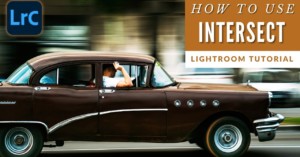
It’s not often that a new Lightroom update or feature is as positively received by users as last week’s Masking improvements. And there is a good reason for the fanfare because these new tools really are amazing... as well as a bit confusing and inconsistent.
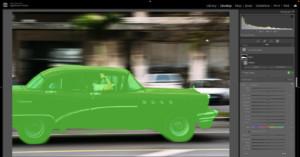
Unless you’ve just emerged from a nuclear fallout bunker, you’ve likely already heard about Lightroom’s impressive new masking tools that Adobe announced at their annual Adobe Max conference. In fact, PetaPixel’s Ryan Mense wrote a wonderful hands-on article covering the expanse of these new masking tools.
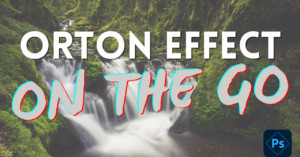
Of all the effects that photographers tend to add to their landscape and travel photos, probably the most popular one is called the Orton Effect. When correctly applied, the Orton Effect can add a rich, dreamlike glow to your photos that will enhance them beyond what you can do in editors like Adobe Lightroom.

Beautiful vistas and landscapes require very little in the way of adjectives when enjoyed in person, but trying to convey that majesty to someone through photos is a lot more challenging. Most of the time, a photo just doesn't really capture the awe-inspiring nature of reality.
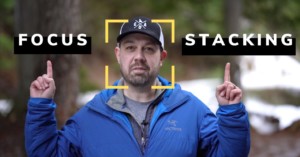
I can't begin to tell you how many times I've lost a shot because I didn't think through the basics well enough. I would of course have my composition and exposure settings dialed in and with that determined, you would think that I have what I needed to get the shot. But, in some cases, that just isn’t enough.
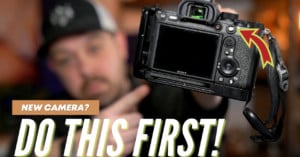
I really do enjoy taking my time to get to know my new camera. One of the most effective ways to do that is to dive deep into the camera's menu and begin customizing everything to meet my needs and requirements. Of all the settings that I end up customizing, there is one that is always first without question: setting up back-button autofocus.
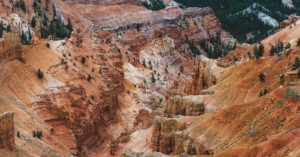
One of the unavoidable truths about being an artistic creator is that you’ll undoubtedly and inevitably hit a rut. As is the case with landscape photography, that wall hit me after I realized that all of my photos started to look the same, even when the locations varied.